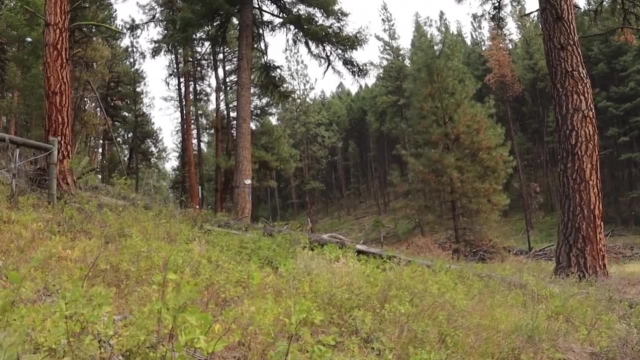The Inflation Reduction Act was passed by Congress onAug. 16, 2022, and this past May the U.S. Department of the Interior announced some $167 million in funds to be allocated for the restoration of landscapes in the West of Montana.
A total of $29.5 million was provided to improve and care for three landscapes in the state, and $9.5 million was marked to go to helping another similar large portion of land.
The money will be used to restore the landscape to what it was when the Confederated Salish and Kootenai Tribes, or CSKT, inhabited the lands.
"Putting people to work on our public lands making them better for future generations, that is an investment that is going to pay off right," explained Bureau of Land Management Director Tracy Stone-Manning.
Stone-Manning says they are investing in the people and the land in the Blackfoot corridor.
"And that’s real investment that is going to return. It's not just going to put people to work, pay people to get on the ground and doing good work," Stone-Manning said. "That work is going to pay off for literally years to come in the form of fish habitat and wildlife habitat and cold clean water."
SEE MORE: Could the Washington Commanders revert back to the team's old name?
Stone-Manning says the outdoor recreation industry brings in roughly $7 billion to Montana’s economy and with this money, the plans to protect that industry through restoring and properly managing the lands.
"And so we have to protect that value, we have to protect that investment and one of the ways to protect it is to restore habitat. You know the good Lord is not making more land so we should probably restore the lands that we do have to ensure that folks when they come they still have the same opportunity that we do today," Stone-Manning said.
There is also an effort to restore a plot of land near a meadow of bitterroot and camas. Both of the plants were harvested by the CSKT. Part of the $9.5 million will go towards that restoration.
"And now to understand what the project is going to bring here with the camas, and it just means a lot to us as a tribe and all the work that is going goes into it," explained CSKT Tribal Council member Carol Lankford.
"Especially all the work and things that go into it, it's very important for the tribes to know people respect what we used to have as homeland and now as aboriginal territory," Lankford said.
This story was originally published by Kathryn Roley at Scripps News Missoula.
Trending stories at Scrippsnews.com



